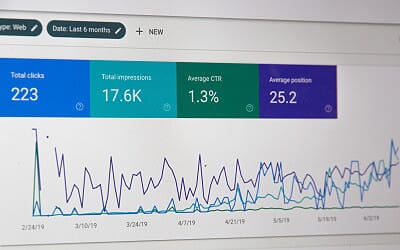Traditionally PR involved maintaining relationships with journalists in order to be able to push positive stories about a company’s agenda into the press. Whether trade journals or national dailies like The Times and The Guardian, having the right journalists on your side was key to any good PR professional’s effectiveness.
An in-house PR team or agency would typically manage a company’s reputation and how it is perceived (hopefully positively). This could be simply through curating a consistent brand message across appropriate advertising channels or via a more involved strategy of fully managing all content distributed on behalf of the brand, whether via print media, display advertising, TV and radio or other channels.
Whilst relationships with relevant journalists still plays a key part in managing PR effectively, the role of PR professionals, agencies and its teams has evolved today. Customers can be reached through more channels than ever before. Where once getting featured in an article in a paper or running a much talked about advert on TV might have been the biggest wins for a PR campaign, the reach of these once mighty channels is now reduced to the point they’re rarely enough by themselves.
With a wider mix of channels and platforms through which to reach your target audience it can be daunting knowing where to start. But with more channels comes more audience profiling, and good PR agencies will be able to identify the most effective channels for your brand. Engagement levels will vary dramatically between platforms depending on the nature of your industry. An energy company trying to reach Gen Z via TikTok? Probably not ideal. But trying to reach investors via LinkedIn or more traditional media may be more suitable. Or to reach the general public, it could be that a campaign run across TV, radio, online and in print will have the best impact.
Conversely if you’re an online ecommerce brand, your audience may be better reached by social platforms and targeted online advertising. Social channels, such as Facebook, LinkedIn and Instagram allow for incredibly granular levels of targeting, allowing brands to hone in on the precise audience they want to create a positive impression with.
PR today is about building and maintaining the most positive level of perceived reputation across as many channels as are appropriate to a brand’s audience. Some PR agencies and professionals may have specialisms such as being able to support businesses in a specific niche whilst others may be more focused on being able to run effective campaigns on specific channels.







